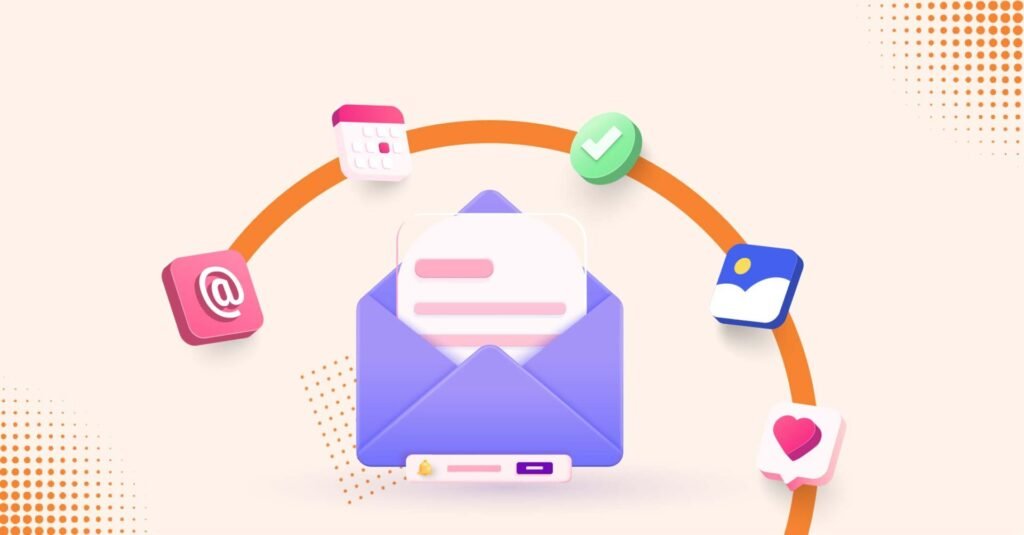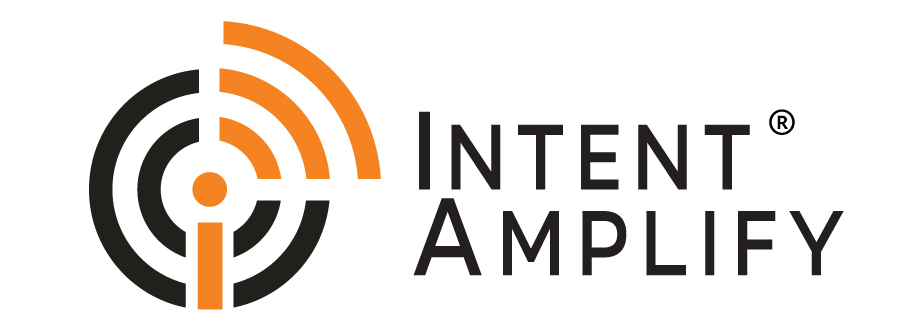
Email Marketing Best Practices that will Convert Your Contacts Into Clients
- Last updated on: October 4, 2023
Ask multiple B2B businesses and they will unanimously agree that email marketing is one of the best ways to generate leads. One research claims that for every $1 spent on email marketing, you earn $42 – that’s how effective email marketing is! In this blog by Intent Amplify – we rehearse a few of the email marketing best practices that you should swear by. Let us begin by understanding what email leads are.
Email Lead
Email leads refer to individuals who willingly provide their contact details, including their name and email address, often by completing an opt-in form. This exchange typically occurs in return for valuable incentives like eBooks, discounts, or freebies. These acquired leads serve as the raw material for your email marketing efforts. Through strategic email campaigns, you have the opportunity to nurture these leads, gradually transforming them into a dedicated community of customers. In essence, your email leads form the fundamental building blocks of your email marketing initiatives.
Best Practices in Email Marketing
Now that we have understood who our target audience is, let us understand the best practices in email marketing that help generate email leads.
1. Build a Quality Email List:
A quality email list comprises individuals who have explicitly opted in to receive communications from you. Adhere to permission-based marketing; a black-hat practice of buying an email list can prove to be detrimental to your email marketing efforts as it does not come without a set of risks. With laws like CAN_SPAM and GDPR in place, email marketing to unknown customers can get your ISP blocked and inhibit your email sending process. When unsubscribed lists receive your email, they may flag you as spam and risk your sender score affecting your deliverability rates. So the purpose of sending mails is defeated with a bought list. Intent Amplify is a digital marketing agency that can help you build a verified email list that is ideal for your business.
2. Segment Your Email List
Segmenting breaks down your customers into groups of people possessing similar traits. These traits can be based on
- Demographics (gender, age, geography)
- Past purchase behavior (preferred product categories, number of purchases, whether or not past purchases were during promotions or sales)
- Brand loyalty (new leads, longtime customers, VIPs)
- Email engagement (customers who click on all of your emails vs. those who have never opened an email)
Segmenting is one of the key best practices in email marketing that makes your campaign highly personalised and relevant providing the best value to the receiver. Certainly then, you can expect more opens, clicks, and sales.
3. Create Compelling Content:
Once a prospect has taken the step of subscribing to your emails, they transition into the category of leads. However, this is just the initial phase of their journey as potential customers with your brand.
Your task is to maintain their interest through valuable content that guides them toward becoming paying clients. Instead of sending emails filled with superficial information solely for the sake of communication, concentrate on crafting content that genuinely benefits your subscribers. Offer them pertinent and valuable content that continues to capture their attention and leaves them eager for more.
When you’re in the process of creating content, always prioritize the value it delivers to your audience. To identify topics of value, it’s crucial to pinpoint the pain points experienced by your audience. Once you’ve identified these issues, you can develop various types of content, such as blog posts, how-to guides, checklists, infographics, and more, all centered around addressing these pain points.
For instance, let’s consider an example. Suppose your audience’s primary challenge lies in establishing an eCommerce business. In that case, your focus should be on generating top-notch content that delves into the intricacies of starting an eCommerce venture from scratch, strategies for acquiring customers, or effective methods for marketing your online business. Additionally, consider delivering a series of emails that delve into these specific topics to keep your audience engaged and informed.
4. Make it mobile-device friendly
Based on research findings, approximately 53% of emails are accessed via mobile devices.
Google considers mobile-friendly formats to be one of the key email marketing best practices and places them higher over unoptimised email campaigns – naturally because people carry their mobile devices and open their mails through them. That means, an email that is not optimised for mobile may find itself in the spam folder.
5. Clear and concise messaging that resonates with the intended audience
Ensure that your email contains a clear and attention-grabbing Call-to-Action (CTA) that guides recipients on the specific action you want them to take. This element should stand out within your email, compelling the recipients to engage further.
To make your CTA effective, use action-oriented verbs such as “Download,” “Register,” “Subscribe,” or “Get Started.” These verbs convey a sense of urgency and decisiveness, motivating your recipients to act promptly.
In essence, the CTA serves as the gateway for your email recipients to move along the desired conversion path, whether it’s downloading a resource, signing up for a webinar, subscribing to a newsletter, or taking any other action relevant to your campaign’s objectives. Therefore, it should be clear, enticing, and directly aligned with your email’s purpose.
How to optimize subject lines to improve open rates?
- Crafting more compelling and personalized content to boost click-through and conversion rates.
- Segmenting your list further to tailor messages to specific audience preferences.
- Adjusting the timing and frequency of your emails for better engagement.
- Refining your budget allocation and tactics based on the ROI of your email marketing campaigns.
Your email marketing strategy should be dynamic. Based on your analysis, make informed adjustments to your campaigns. Test new strategies and tactics, and apply what you’ve learned from previous campaigns to improve future ones.
6. A/B testing
Split testing or A/B testing is one of oldest tried and tested email marketing best practice to give you alternative outcomes based on two different email copies. So you may have two completely different emails or slightly different ones, you may send them at the same time or different times, A/B testing is all about optimizing your options to improve your conversion rates. Some of the things you can A/B test your emails are:
- Subject lines and pre-header text
- Send times and days of the week
- Format and layout
- Length of the email
- Personalization tags
- Featured image or copy
- CTA placements and types, color, the shape of buttons
After determining the elements you want to test, utilize the A/B testing features integrated into your email marketing platform to initiate the test. Once the test is complete, analyze the results and choose the version that outperforms the other. Subsequently, send the superior version to your entire email list. This process empowers you to continually monitor and enhance your email metrics, ultimately refining your overall email marketing strategy.
Measuring and Analyzing your Email Marketing Performance
Once you take care of the basics and add them to your list of email marketing best practices, it’s time to start measuring and analysing your performance. You can measure with the following ways.
- Track Key Metrics: To gauge the success of your email marketing campaigns, you should consistently monitor several key metrics. These include:
- Open Rates: This metric tells you the percentage of recipients who opened your email. It’s an indicator of how engaging your subject lines and sender names are.
- Click-Through Rates (CTR): CTR measures the percentage of recipients who clicked on a link within your email. It helps you assess the effectiveness of your content and CTAs.
- Conversion Rates: Conversion rates indicate the percentage of email recipients who took the desired action, such as making a purchase, signing up, or downloading a resource. This metric directly ties your email campaigns to your business goals.
- Return on Investment (ROI): ROI quantifies the profitability of your email marketing efforts by comparing the revenue generated from email campaigns to the costs incurred in running those campaigns.
- Data Analysis: Once you’ve collected data on these metrics, it’s crucial to analyze it in-depth. Look for patterns, trends, and insights in the numbers. Ask yourself questions like:
Email analysis based on subject lines
For an optimised email campaign, we should know which subject lines led to higher open rates. Ask questions like:
- What types of content or offers generated the most clicks and conversions?
- Are there specific segments of your email list that perform better than others?
- What times and days of the week result in higher engagement?
- How does email marketing contribute to your overall business revenue?
Each of the techniques listed in the article has proven effective over time, especially for B2B businesses. To ensure your email marketing campaigns abide by these best practices, hire Intent Amplify – your email marketing partner for B2B business.




